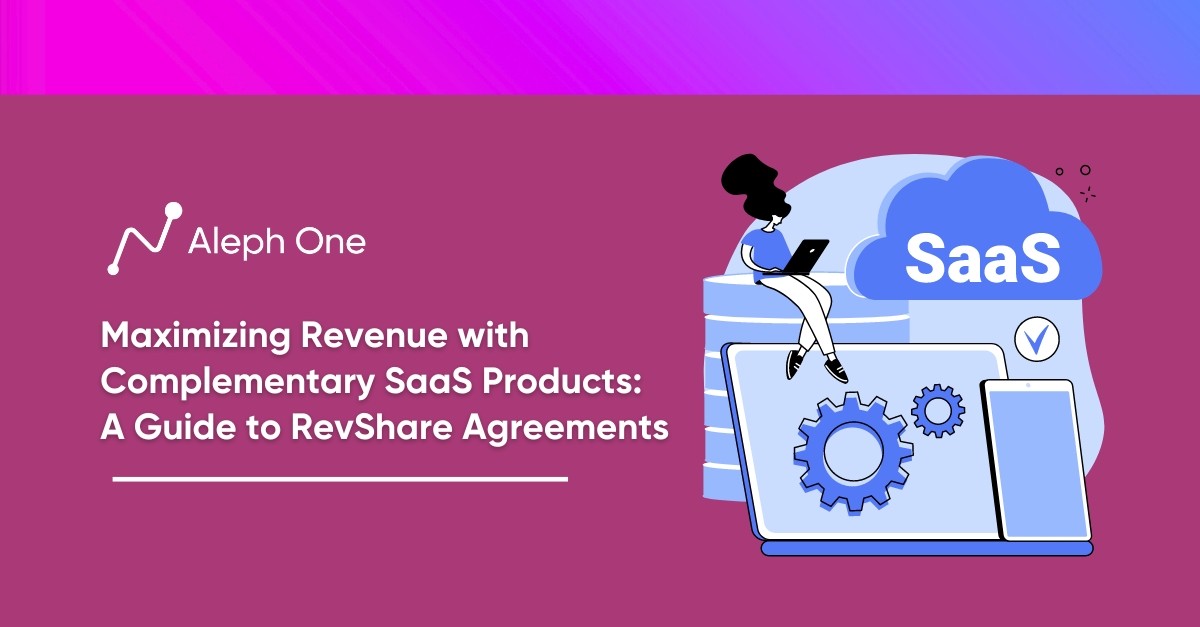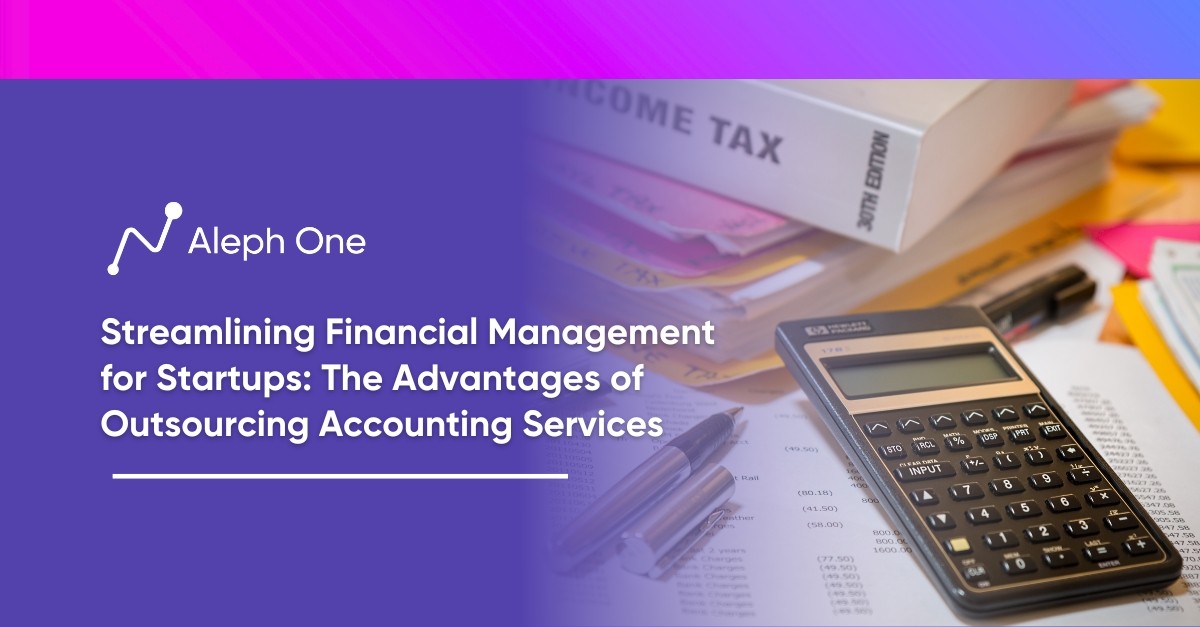Let’s work together to build something amazing. Share your project details and our team will reply to figure out the next steps to your success.

Starting a new subscription business can be an exciting yet daunting endeavor. While the recurring revenue model promises stability once your customer base is established, attracting those initial subscribers takes time and effort. An accurate forecast is crucial, as overestimating subscribers can lead to wasted inventory and cash flow issues while underestimating demand risks missing growth opportunities. This comprehensive guide will walk you through the considerations for forecasting the number of customers your subscription business can expect to acquire. We will cover building a robust forecasting model based on metrics like customer lifetime value and churn rate. You’ll learn how to estimate your total addressable market, factor in the impacts of pricing and promotions, and continuously refine your forecast over time.

Defining Key Subscription Metrics
To accurately forecast subscribers, it is crucial to understand the key metrics that drive subscription business models. These metrics allow you to quantify customer behavior and properly estimate future revenue and growth. Some of the most important subscription metrics include:
Average Revenue Per User (ARPU)
This refers to the average revenue earned per subscriber account per month. It is calculated by dividing the total recurring monthly revenue by the total number of subscriber accounts. For example, if a business has 5,000 subscribers paying $10 per month, the ARPU is $10 ($50,000 MRR / 5,000 subscribers). Tracking ARPU helps gauge pricing and customer segment trends.
Monthly Recurring Revenue (MRR)
MRR is the total revenue generated each month from recurring subscription fees. Monitoring MRR over time shows the recurring revenue growth trend. MRR is easier to forecast than total revenue, which may fluctuate month-to-month.
Customer Lifetime Value (CLV)
CLV represents the total revenue a business can expect from a subscriber account over the lifetime of that account. It factors ARPU, subscriber churn rate, and the average subscriber lifetime. CLV helps assess customer profitability and guides acquisition spending.
Customer Acquisition Cost (CAC)
CAC is the cost to acquire a new subscriber account. This includes marketing, sales, and promotional costs. Comparing CAC to CLV reveals how profitable customer acquisition is. A low CAC/CLV ratio is desirable.
Churn Rate
The churn rate is the percentage of subscribers that cancel or fail to renew their subscriptions over a period. Low churn means higher customer retention and lifetime value. Forecasting models must account for churn based on past rates.
Tracking these subscription metrics provides the data to model and predict future subscribers and revenue accurately. They form the foundation of any thorough forecasting process for subscription businesses. Monitoring these KPIs also helps identify trends that may require forecast adjustments.
Building Your Subscription Forecasting Model
Creating an accurate forecasting model is crucial for estimating initial subscribers and revenue for a new subscription business. The model provides a quantitative framework to project customer acquisition, growth, and churn based on your pricing strategy, market conditions, and operating assumptions.
Key Inputs for Forecast Model Projects
At its core, a subscription forecast model projects monthly recurring revenue (MRR) based on the number of new subscribers added each month and the average revenue per user (ARPU). The key inputs for the model include:
- Customer Acquisition Costs: This includes sales, marketing, and promotional costs required to acquire a new subscriber. Minimizing CAC will improve the profitability of each customer.
- ARPU: The average monthly revenue generated per subscriber after discounts and promotions. This will likely evolve over time.
- Churn Rate: The percentage of subscribers who discontinue the service each month. Lowering churn boosts retention.
- Market Size: The total addressable market and estimated market growth over time. This establishes a ceiling for potential subscribers.
The model calculates monthly subscribers by starting with your initial subscriber base and adding new additions while subtracting churn each month. Multiplying this by ARPU yields the MRR forecast.
Advanced Models
Advanced models incorporate cohort analysis to track groups of subscribers by acquisition date. This reveals trends in churn rate and lifetime value for more accurate projections. Financial formulas like customer lifetime value (CLV) can help estimate long-term subscriber value.
Building a forecast model requires making assumptions about market conditions, subscriber behavior, and operational metrics. Start with industry averages or competitor data as a proxy before refining with your own projections. Regularly update the model with real data and adjust assumptions to align forecasts with reality. An accurate forecasting model is invaluable for making strategic and financial decisions for your subscription business.
Estimating Market Size and Growth
Before forecasting the number of subscribers your business can acquire, you need to size up the total addressable market (TAM) for your offering. The TAM represents the total number of potential customers that fit your target customer profile. This market sizing exercise is crucial for determining realistic subscriber acquisition goals.
Clearly Define your Target Customer Segment
Specify details like demographics, income level, interests, and needs. For example, an organic meal delivery service may target busy young professionals in urban areas with household incomes over $80,000 who value healthy eating.
Estimate the Households that Fit Your Target Profile
Next, estimate the number of households or individuals that fit your target customer profile. Leverage market research reports from firms like Nielsen to benchmark the TAM size. For instance, market data may show 15 million households with over $80,000 in income living in metro areas.
Factor in Market Growth Projections
Research firms like Forrester regularly publish forecasts for growth rates in various consumer segments. Continuing our example, analysts may predict the target customer segment will grow by 10% per year over the next 5 years. This compounds to achieve around 50% growth in the segment over that timeframe.
Combine TAM Size and Growth Projections
Combine the current TAM size and growth projections to forecast the total addressable market in future years. For the organic meal delivery service, the current 15 million household TAM could grow to 22.5 million over five years at a 10% annual growth rate.
Make Assumptions on How Many Subscribers You Expect to Acquire
As a final step, make assumptions about what share of the TAM you can realistically acquire as subscribers. Benchmark similar companies to estimate your market share potential. For instance, an established competitor may have 500,000 subscribers from the same target segment today. This represents about 3% market share. Given your unique offerings and marketing plans, you may forecast acquiring a 2% share or 450,000 subscribers after 5 years by capturing part of the growing TAM.
Regularly revisit your TAM sizing and growth assumptions as you refine your model with new market data. Accurately estimating your potential market is critical for setting achievable subscriber acquisition goals.
Pricing and Promotions in Forecasting Initial Subscribers
Pricing and promotional strategies can have a significant impact on subscription forecasting models. The initial price point, discounts, free trials, and ongoing promotions will all influence customer acquisition and should be carefully factored into subscriber forecasts.
Examine the Competitive Landscape
Examine the competitive landscape and your target customer profile when determining initial pricing. Conduct market research through surveys and focus groups to gauge price sensitivity. For example, if you plan to offer a $20/month subscription, test customer response at price points of $15, $20, and $25. The results can provide data to estimate the conversion rate at each price level.
Promote Discounted Introductory Offers
Promotions like discounted introductory offers can help overcome initial customer resistance. Services like Dollar Shave Club lure subscribers with discounts or free starter kits. However, beware of setting unrealistic expectations. Introductory pricing should be in line with the long-term price customers will pay.
Free Trials
Free trials are another effective promotional tool for subscriptions. Offering 1-2 weeks free can demonstrate the product’s value and hook customers. When forecasting, consider what percentage of free trial users will convert to paid plans based on past data. For example, SaaS tools like Slack typically see 5-7% free trial conversion rates.
Lifetime Discounts
Lifetime discounts can also stimulate subscriptions. For example, Blue Apron has offered new customers $80 off the first four weeks. To model the impact, estimate trial and retention rates with and without the promotion. Compare the incremental revenue increase against the discount cost.
Ongoing Promotions
Ongoing promotions like customer referral programs should be baked into forecasts too. Referrals can significantly decrease acquisition costs. Estimate potential referral rates based on similar businesses or past data.
Regularly review pricing and monitor promotions to see what resonates best with customers. Refine forecasting models by plugging in actual conversion rates. A/B test different offers and track ROI. Adjust pricing and promotions over time to optimize subscriber acquisition.
Continuously Refining Your Forecast
While having an initial subscription forecast is crucial, it is equally essential to continuously monitor your actual subscriber acquisition rates and refine your forecast over time. A subscription forecast should be treated as a dynamic, living model that improves accuracy as your business gathers more real-world data.
How to Refine Your Forecast
There are several best practices for refining your forecasts:
- Track forecast accuracy monthly by comparing actual subscribers to your forecasted numbers. Calculate the percentage error and identify if you are over or under-forecasting.
- Add new pricing plans or promotional data to your forecast model as it becomes available. For example, if you run a 20% off promotion for new subscribers, factor the promotion lift into the model.
- Review churn and retention rates monthly rather than relying on assumptions. Adjust churn forecasts in the model accordingly.
- Every quarter, re-evaluate your market sizing estimates and growth projections. Update for any changes in market conditions, competitors, or addressable market.
- As you gather more customer data, look for trends in acquisition by channel, promotions, customer segments, etc. Incorporate significant findings into your model.
- After six months, conduct scenario analyses on your major assumptions like market size and pricing. Stress test best-case and worst-case scenarios.
- Build a rolling 12-month forecast that adds a new future month each month. This can provide an early warning for cash flow and inventory issues.
- Automate data collection from web analytics, financial systems, and CRM platforms. Feed key metrics into your model automatically.
Forecast Subscribers For Your Startup
Continuous refinement aims to turn your initial back-of-the-envelope forecast into an increasingly precise projection based on real data. While forecasts will never be perfect, making them a living, breathing part of operations will lead to better resource allocation and financial management.
FAQ
How can you monitor and control the churn rate in a subscription business model to sustain growth?
Controlling the churn rate in a subscription business model is crucial for sustainable growth. Understanding the reasons why customers cancel their subscriptions can provide useful insights. Regular customer feedback can be beneficial in gauging customer satisfaction and highlighting any underlying issues. Offering options for customer loyalty programs, immediate customer support, seamless user experience, and regular content updates can help reduce churn rates. It’s important to have an action plan for customers identified as at risk of churning,’ which may include personalized engagement or offering incentives for continued subscriptions.
What techniques can you use to derive accurate customer acquisition costs (CAC) that reflect actual business operations?
To derive accurate CAC, businesses should consider all costs directly associated with gaining a new customer. These costs can include spending on marketing & advertising, PR, sales & discounts offered for customer acquisition, costs incurred to run promotional campaigns, staff costs (such as sales and marketing team salaries), and any external agency or software costs used for the acquisition process. A deep dive into analytics to understand which channels are bringing customers cost-effectively can assist in efficiently managing CAC. It’s important to regularly measure and track CAC as it can change based on various influencing factors.
How can promoting customer referral programs help a subscription-based business grow its customer base?
Promoting customer referral programs can be a cost-effective way to acquire new customers and grow the customer base. These programs leverage the trust and relationships that existing subscribers have within their network. Incentivizing existing subscribers to refer to their friends or family by providing them with a free month or a discount on their subscription can significantly drive customer acquisition. As referred customers often have a higher lifetime value and lower churn rate, a successful referral program can effectively bolster stability and growth in a subscription business.
Get the latest news and updates from Aleph One in your inbox.



